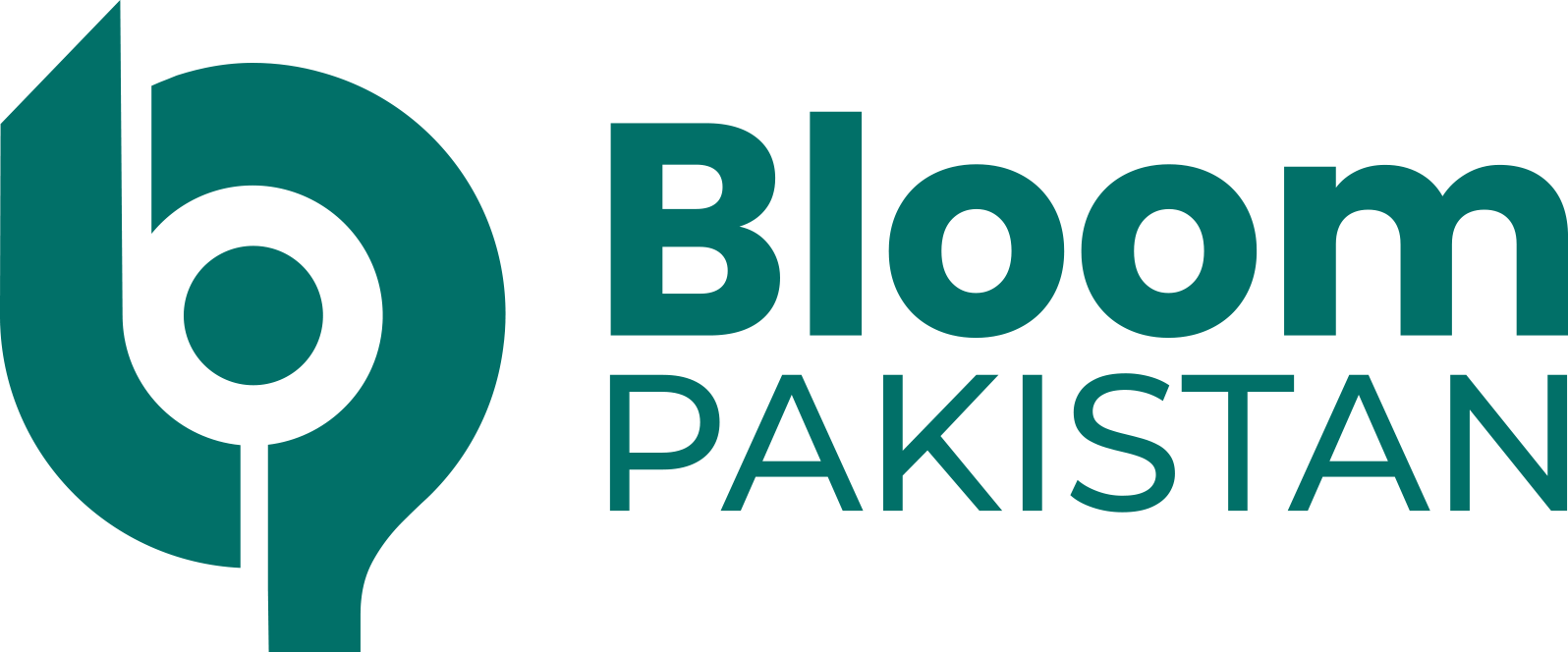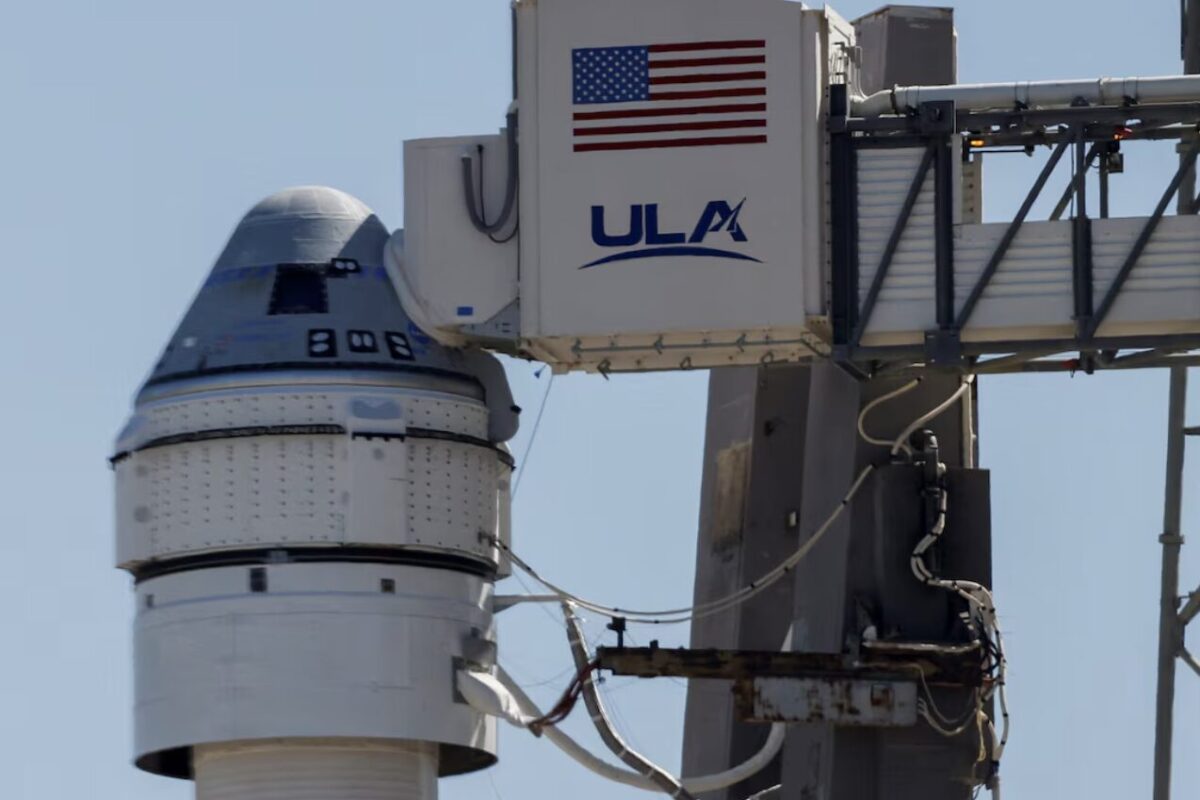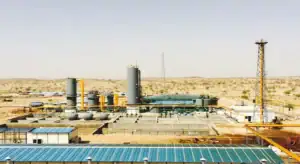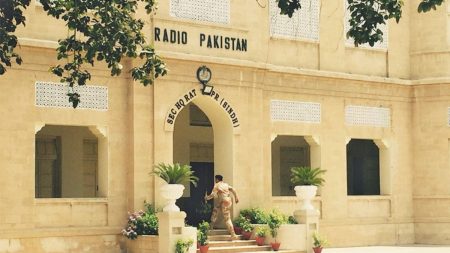WASHINGTON: NASA and Boeing have addressed two technical issues with the Starliner spacecraft, including a “design vulnerability” requiring a temporary workaround, to prepare for its first crewed mission. Officials announced that the spacecraft is back on track to carry two astronauts to space.
Originally scheduled for June 1, the mission faced delays due to a small helium leak in the propulsion system detected just hours before liftoff. After two weeks of additional scrutiny, officials confirmed that the leak poses no significant risk to the astronauts. “This is not a safety of flight issue, and we believe we have a manageable condition,” said Mark Nappi, head of Boeing’s Starliner program, during a news conference.
The first crewed flight of Starliner, with NASA astronauts Suni Williams and Butch Wilmore aboard, is a critical test before NASA certifies the spacecraft for routine missions to and from the International Space Station (ISS). Once certified, Starliner will join SpaceX’s Crew Dragon, which began flying humans in 2020.
In addressing the helium leak, engineers discovered another issue in the propulsion system, described as a “design vulnerability” by NASA’s commercial crew chief, Steve Stich. Modeling indicated that a highly unlikely series of events could disable the capsule’s backup thrusters, compromising its ability to safely return to Earth. A software fix provided a temporary solution for this mission, but a potential redesign may be needed for future flights.
“The fix is backed by test and flight data, and the guidance and navigation modeling confirm its effectiveness,” Nappi noted, adding that astronauts have tested the updated system.
This issue prompted NASA to schedule an additional Flight Readiness Review—a comprehensive meeting with agency officials, Boeing engineers, and independent analysts to ensure Starliner’s safety. This review is set for Wednesday, three days before the planned launch on June 1 at 12:25 PM ET, with backup opportunities on June 2, 5, and 6.
Boeing faces pressure to launch by June 6 to avoid further delays, as some perishable items on Starliner and its Atlas 5 rocket, made by United Launch Alliance (a Boeing-Lockheed joint venture), would need replacement. Delays beyond this date could also conflict with other scheduled launches, including Amazon’s Kuiper satellites and ULA’s Vulcan rocket demonstration.
Boeing, a longtime NASA contractor with a history of building ISS modules, has yet to fly humans into space. The Starliner program, which has faced persistent challenges, is years behind schedule and has incurred $1.5 billion in unexpected development costs. A successful mission is crucial for Boeing, especially as it contends with ongoing crises in its aviation sector.
In 2019, Starliner’s first attempt to reach the ISS failed, returning to Earth prematurely due to numerous software, technical, and management issues, which subsequently reshaped Boeing’s relationship with NASA.









